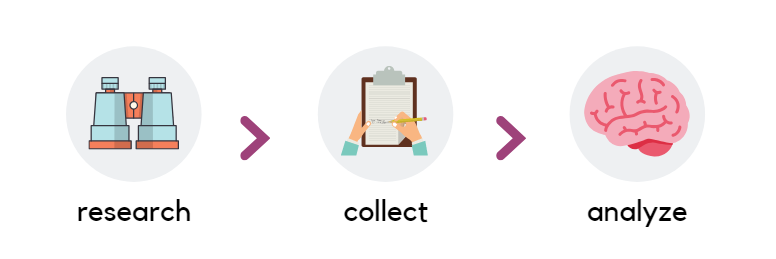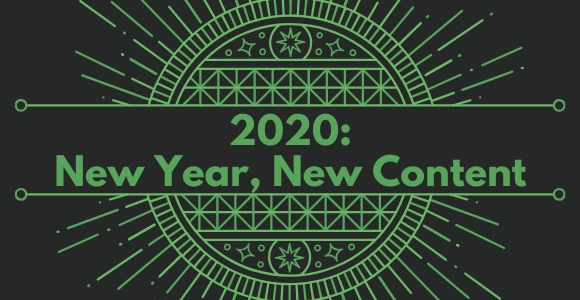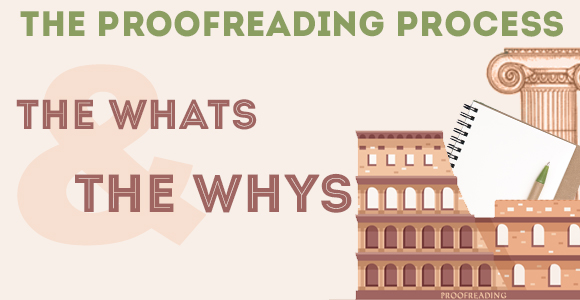Know your audience. This is probably the most repeated phrase in the world of content creation. There is a reason for it. Successful marketers and businesses don’t just take it as gospel, they actually follow it as a commandment. So, here is where creating a buyer (or user) persona steps in. If you are struggling to make content work for you, this article might be the key to change.
User Personas
What are they, how to build them & why bother?
You might see it as a ‘buyer’ or a ‘user’ persona depending on the context. Yet, these two terms refer to the same thing.
It is a fictional representation of a collective user type of your brand.
You should aim to draw a deep insight into at least two of your core customer types. You figuratively have to step in their shoes and go on a journey.
Imagine how they will act and respond in different situations. What challenges they might encounter and how you can minimize the possibilities of those happening. Where they would look you up first and which channel is most likely to get their attention.
The Creation Process
The key steps to developing a detailed customer portrait
So, how do you go about creating this fictional character with a profile that sounds as realistic as possible? If you really go deep and get down to even the smallest details of your persona, you are on the right track. It should contain information such as what they do for a living, where they consume information and media, what their habits are, and so on.
Ideally, you have them displayed somewhere your team can easily access on a daily basis.
Below is a very simplified suggested process of building your personas.
Research. Start digging into all the sources that will give you an insight into your customers’ behavior. Use relevant analytics tools, track activity, send out questionnaires and surveys, interview them face-to-face. Leave no stone unturned.
Collect the data. And organize it. You will need categories. They will emerge based on the information you managed to find in the previous stage. The archetypes will start coming together. Still raw and unrefined, though.
Analyze it. Here comes the fun part of actually creating those people. You will give them names and age, you will give them a story, you will determine how they interact on and offline.
In the quest of actually getting to know the needs and pains of your clients or users, you need to experience the same things that they do. Experience… Hmm, this sounds familiar. That’s right, we are in the realm of UX again. It’s essentially dissecting your prime website visitors, customers or clients, distilling key features into one of them at a time.
Yet, if you hear that it has nothing to do with SEO, then don’t trust it blindly.
Anything that helps target your content more effectively strengthens each of your marketing efforts, including SEO. And that’s basically the answer to the question ‘why bother’ in the subtitle above.
If you want to go into a little bit more detail about personas as well as the art and science of building them, check out this Moz article.
Then what?
The fun starts here
Here it is, the part that we promised in the beginning, in which we tell you how to effectively write for your user personas. It ties in perfectly with the personalization trend across all fields of our life as customers. The predictions are it will be even bigger in 2019, which means you should start thinking about jumping on the bandwaggon.
So now that you’ve created your target customers, how are you going to speak to them?
Imagine trying to sell your favorite book or a new TV series to your friend. You know them well, so you might try making them join your hype by giving them the book as a present. Make them watch just one little, tiny episode of that favorite show. Of course, you are trying to hook them in by giving them a teaser you know they will like. Do you see where this is going? You approach them in a specific way. Based on the fact you know them so well, you know what will work.
Well, it’s the same thing with writing for your user persona.
Don’t forget to update this fictional portrait regularly. We live in a fast-paced world, nothing stays the same for too long. Especially when it comes to business. Building the most accurate customer representations is the first step. But then, the personalized content creation has to follow. If you find that part challenging, a team of professional writers can take care of it.
Do you use this UX approach to knowing your audience? Do you already tailor your content marketing to it? Even if you just learned about these, share your thoughts with me!








